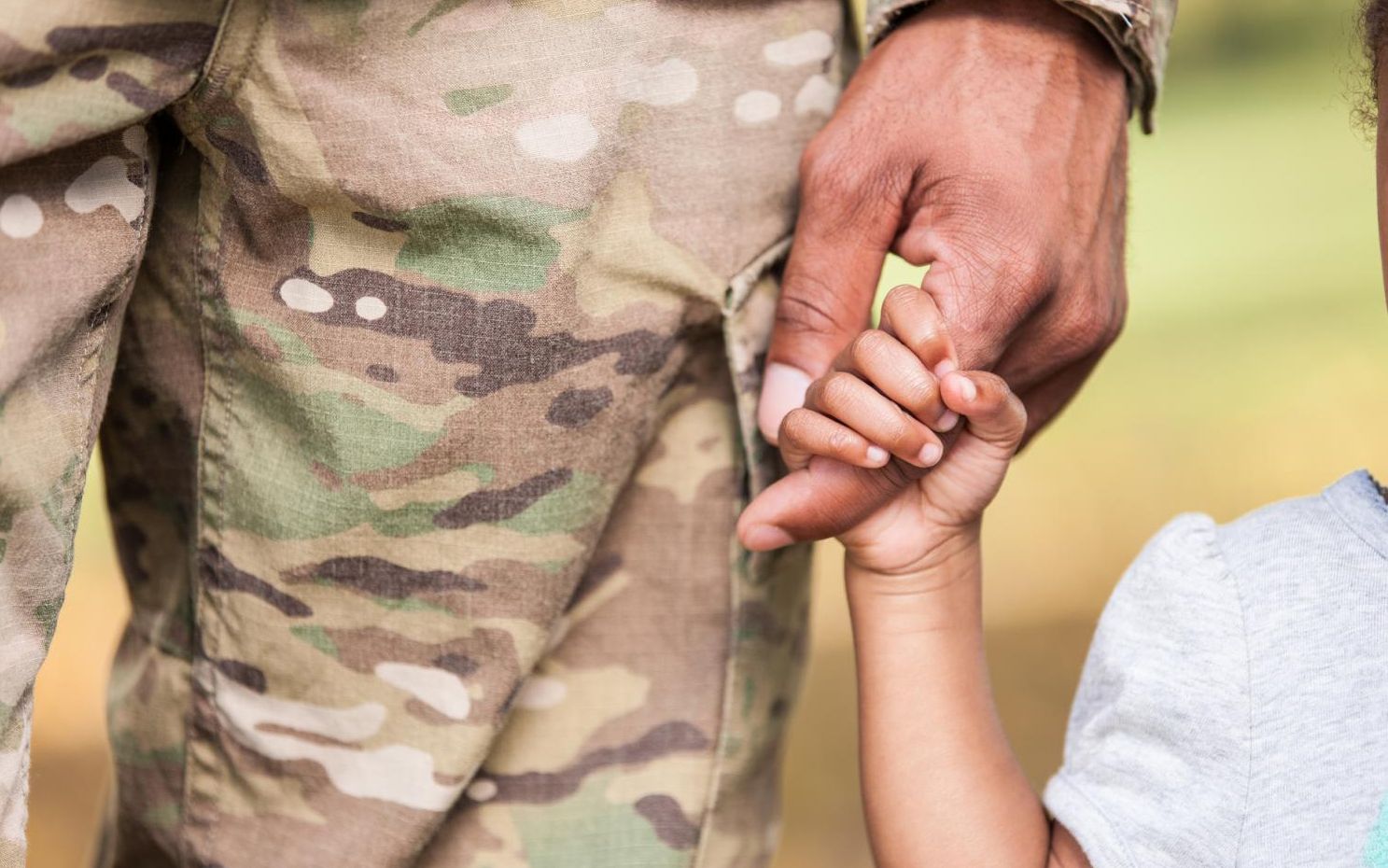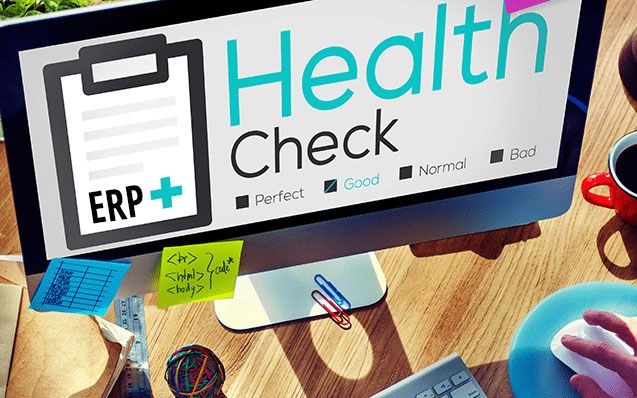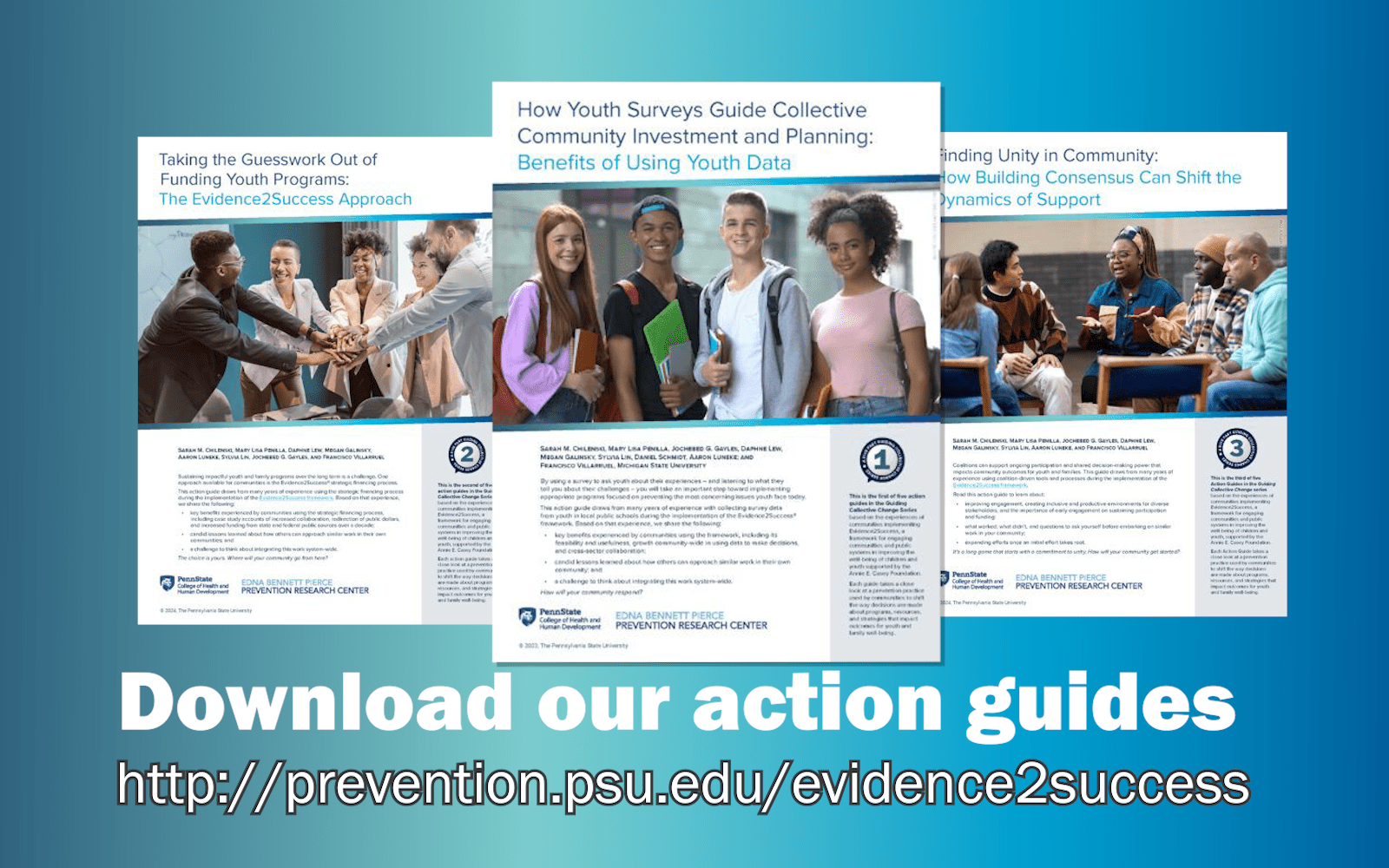Alumni Spotlight: Brittany Rhoades Cooper, Associate Professor of Human Development, Washington State University

brittany-cooper-198×198
March 16, 2020
“Go with Mark Greenberg. Not only is he an excellent scientist, he is a wonderful human being. He’ll be a great mentor.” This is advice that alumna Brittany Rhoades Cooper recalls receiving when considering which graduate school to attend.
Since then, Dr. Cooper, who graduated with a Ph.D. and M.S. in Human Development and Family Studies from Penn State, has become a well-respected advisor in her own right — to state agencies, as well as to students and colleagues.
She recently returned to Penn State to deliver a seminar hosted by the Edna Bennett Pierce Prevention Research Center (PRC) about scaling up and sustaining evidence-based programs designed to promote public health. While here, she reflected on her time at the PRC, including as a Prevention and Methodology Training (PAMT) program pre-doctoral fellow and an evaluation research specialist at EPISCenter.
How has your involvement with the PRC shaped your career?
It’s very genuine when I say that it all started here. When I participated in PAMT, I had the opportunity to work with (PRC Founding Director) Mark Greenberg as my prevention mentor and (current PRC Director) Stephanie Lanza as my methodology mentor. Mark and Stephanie had very complementary styles and approaches, and so it was really good to have them both as mentors. I loved working with Stephanie. In addition to teaching me the technical aspects of latent class analysis, she made me feel valued as a colleague while I was a student. Mark was a visionary who also focused on the practical aspects of what we were working on. I truly appreciate the mentoring I received.
After receiving my Ph.D., working at EPISCenter allowed me to keep one foot in academia and the other in community work. It gave me so much on-the-job experience. In my current work in Washington, I can draw upon the experience I gained in Pennsylvania, and look for similarities and differences.
What are you working on now that most excites you, and why?
It’s the partnership that we’ve developed over time with state agencies. They come to us because they trust us, and they are going to make decisions, perhaps on information we share with them, or the research we’ve done. How does that type of research get done well and maintained over time, in service of translating the research to practice? I think it’s a really important responsibility that we have as translational researchers to do that well. It’s very rewarding for me, both personally and professionally.
How would you describe your job to an undergraduate considering the field of prevention science?
I often say that our end goal is to improve public health by taking a risk and protective factors approach. For example, you might be trying to prevent substance misuse in adolescents, and the mechanisms by which you do that include enhancing connection to family, connection to school, and providing opportunities for prosocial engagement. We build and design programs focusing on group-level interventions. Prevention broadens your scope to make a broader impact beyond the individual, at the community level or population level.
What do you see as the key challenges to address or directions for prevention science to move in the next 5 years?
The challenge of scaling up evidence-based programs. It’s interesting to have grown up in and have seen the evolution of prevention science, as I move from trainee to trainer of future generations. When I was in grad school, to a large extent, we were still just trying to prove that prevention worked. We’ve grown as a field to the point where we have lists and lists of programs that have some level of evidence behind them, so now what do we do? Why aren’t they being implemented more broadly? So that’s the part I get excited about, and I think that’s where the field really has to go.”
Recent News
Alumni Spotlight: Brittany Rhoades Cooper, Associate Professor of Human Development, Washington State University

brittany-cooper-198×198
March 16, 2020
“Go with Mark Greenberg. Not only is he an excellent scientist, he is a wonderful human being. He’ll be a great mentor.” This is advice that alumna Brittany Rhoades Cooper recalls receiving when considering which graduate school to attend.
Since then, Dr. Cooper, who graduated with a Ph.D. and M.S. in Human Development and Family Studies from Penn State, has become a well-respected advisor in her own right — to state agencies, as well as to students and colleagues.
She recently returned to Penn State to deliver a seminar hosted by the Edna Bennett Pierce Prevention Research Center (PRC) about scaling up and sustaining evidence-based programs designed to promote public health. While here, she reflected on her time at the PRC, including as a Prevention and Methodology Training (PAMT) program pre-doctoral fellow and an evaluation research specialist at EPISCenter.
How has your involvement with the PRC shaped your career?
It’s very genuine when I say that it all started here. When I participated in PAMT, I had the opportunity to work with (PRC Founding Director) Mark Greenberg as my prevention mentor and (current PRC Director) Stephanie Lanza as my methodology mentor. Mark and Stephanie had very complementary styles and approaches, and so it was really good to have them both as mentors. I loved working with Stephanie. In addition to teaching me the technical aspects of latent class analysis, she made me feel valued as a colleague while I was a student. Mark was a visionary who also focused on the practical aspects of what we were working on. I truly appreciate the mentoring I received.
After receiving my Ph.D., working at EPISCenter allowed me to keep one foot in academia and the other in community work. It gave me so much on-the-job experience. In my current work in Washington, I can draw upon the experience I gained in Pennsylvania, and look for similarities and differences.
What are you working on now that most excites you, and why?
It’s the partnership that we’ve developed over time with state agencies. They come to us because they trust us, and they are going to make decisions, perhaps on information we share with them, or the research we’ve done. How does that type of research get done well and maintained over time, in service of translating the research to practice? I think it’s a really important responsibility that we have as translational researchers to do that well. It’s very rewarding for me, both personally and professionally.
How would you describe your job to an undergraduate considering the field of prevention science?
I often say that our end goal is to improve public health by taking a risk and protective factors approach. For example, you might be trying to prevent substance misuse in adolescents, and the mechanisms by which you do that include enhancing connection to family, connection to school, and providing opportunities for prosocial engagement. We build and design programs focusing on group-level interventions. Prevention broadens your scope to make a broader impact beyond the individual, at the community level or population level.
What do you see as the key challenges to address or directions for prevention science to move in the next 5 years?
The challenge of scaling up evidence-based programs. It’s interesting to have grown up in and have seen the evolution of prevention science, as I move from trainee to trainer of future generations. When I was in grad school, to a large extent, we were still just trying to prove that prevention worked. We’ve grown as a field to the point where we have lists and lists of programs that have some level of evidence behind them, so now what do we do? Why aren’t they being implemented more broadly? So that’s the part I get excited about, and I think that’s where the field really has to go.”
Recent News
Recent News








